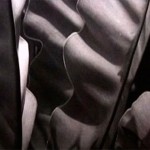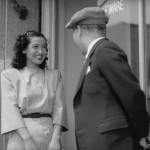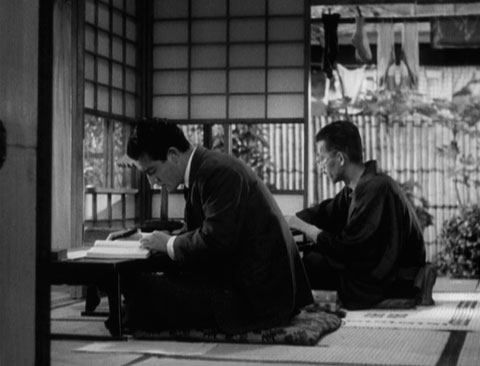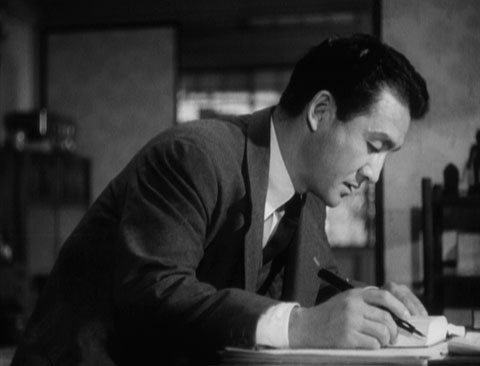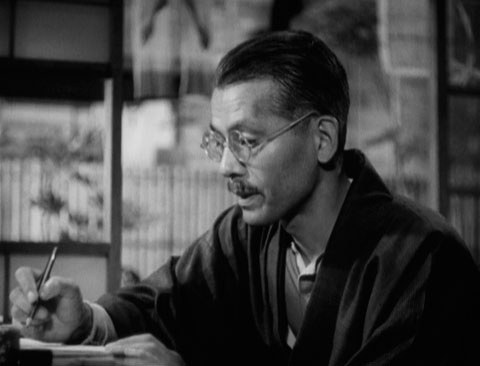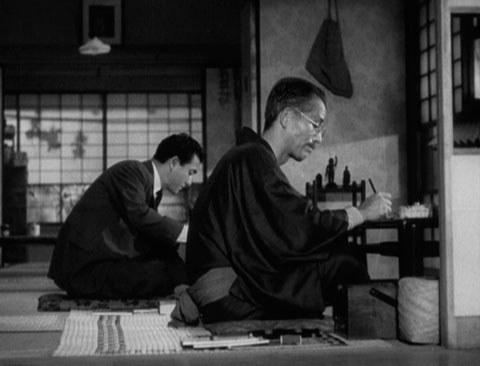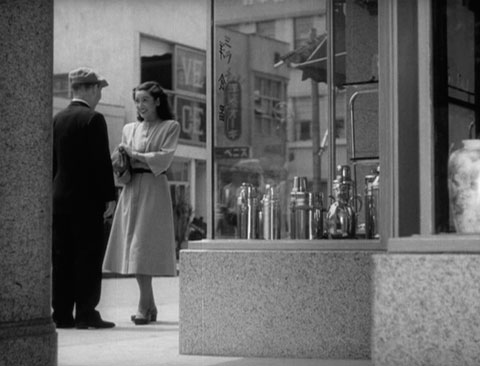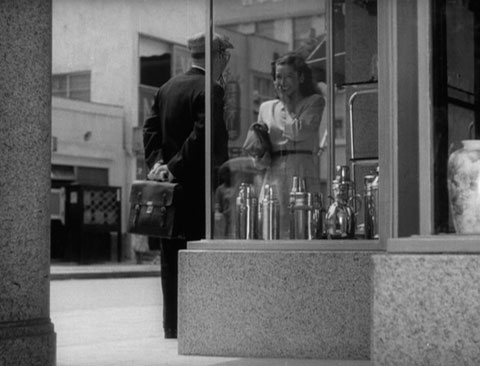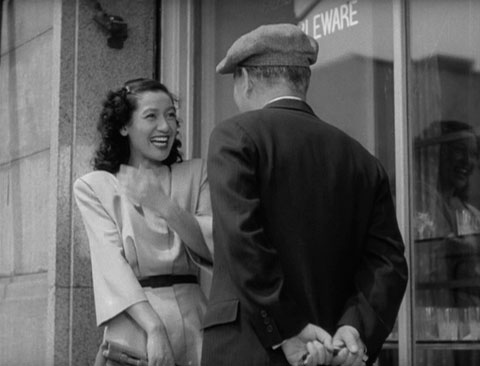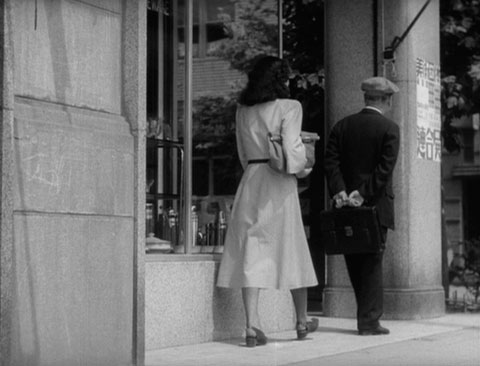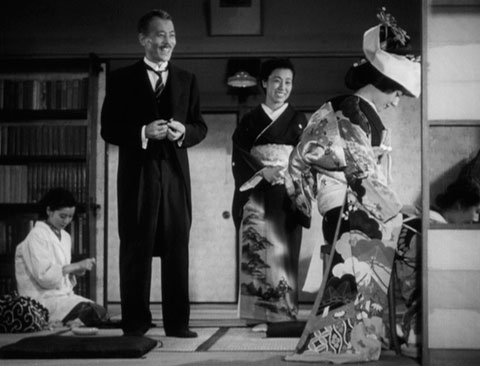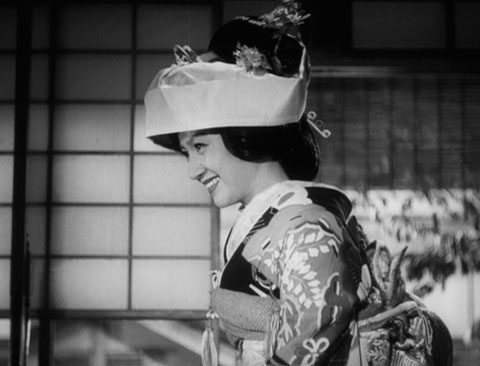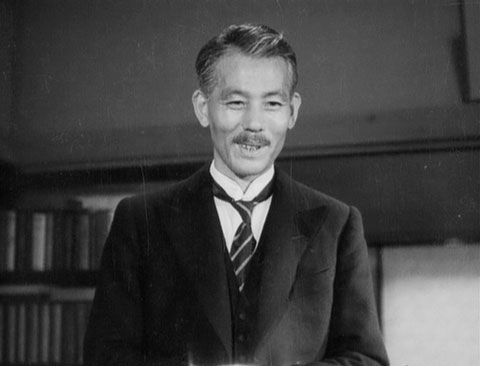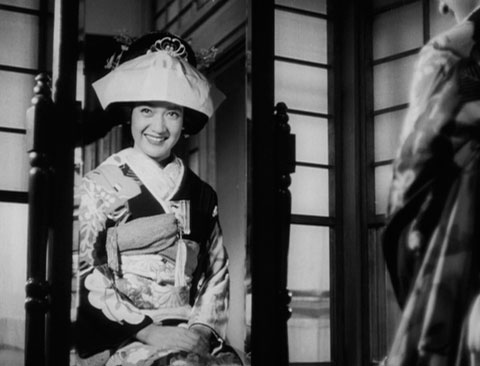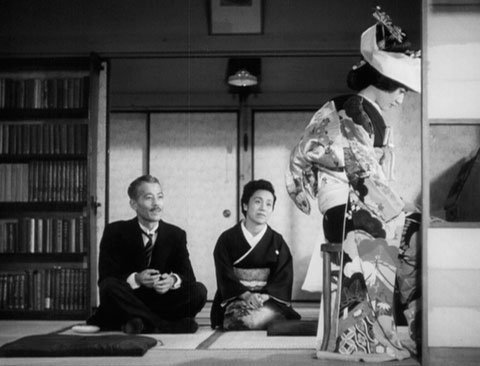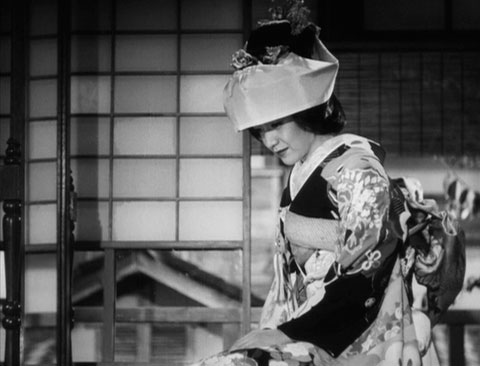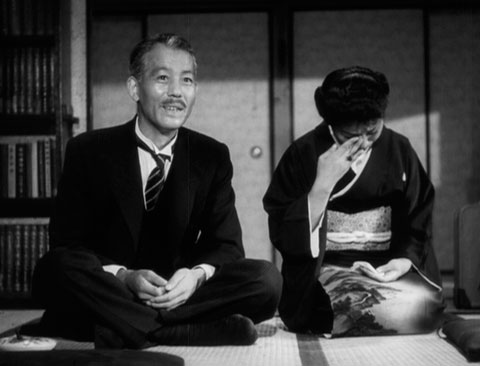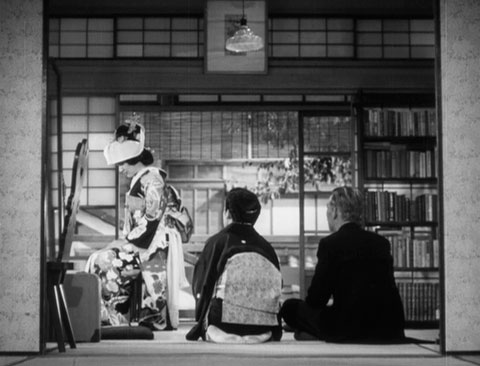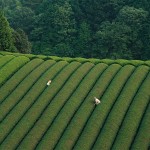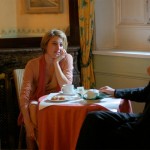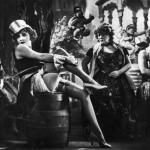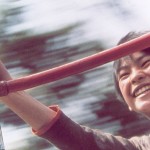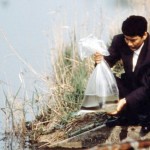In a deliberate effort to beef up my cinephile cred, lately I’ve been loading my GreenCine queue with selections from the list of 1,000 Greatest Films compiled by the folks at They Shoot Pictures. With 30 or 40 films now in my queue, I’ve stopped prioritizing or shuffling the list and just watch whatever happens to show up on my door. It’s probably not the best strategy — perhaps I should instead queue up ten films of a particular genre or, say, all of the John Ford or Japanese films I’ve never seen — but I’m enjoying the variety. It’s been a fun, summer-time distraction from the brain-wearying work of dissertating. Next up are Some Like It Hot and My Darling Clementine.
Some quick thoughts on recent viewings. (I’m afraid that none were overwhelmingly positive, so any feedback would be much appreciated.)
The Blue Angel (1930, dir. Josef von Sternberg) — My first Marlene Dietrich film. Also, my second Emil Jannings film (after The Last Laugh). Both are fun to watch here, though I find it almost impossible to imagine how they would have been received by an audience in 1930. Jannings is the subject of our ridicule and sympathy, and von Sternberg’s balancing of the two is tricky. Dietrich is likewise a complicated character — a femme fatale, a seducer, and a betrayer, whose charm is irresistible. Two weeks later, what I most admire about the film are its images of the creative world behind the stage curtain, which bring to mind the magic of Bergman’s films.
Jules and Jim (1962, dir. Francois Truffaut) — Jules and Jim was my first New Wave film. I remember checking it out from the Wilmington public library eight or nine years ago, when I was first dipping my toes into world cinema. What little lasting impression it left was mostly negative. I recall being annoyed with all of the main characters and confused by their behavior. A decade later, I now recognize some of its precedents — writers like Flaubert and, to a lesser degree, James, both of whom saddle their characters with particular flaws then watch (as if casual observers rather than authors) as those flaws become manifest in the inevitable and messy consequences.
I appreciate Flaubert and James, but I don’t read them for pleasure, just as I seldom watch Truffaut for pleasure. To be fair, I’ve seen far too few of his films (five or six, maybe) to make any blanket statements, but, aside from The 400 Blows, I don’t recall ever being pestered by one of his films. By “pestered” I just mean that mixture of confusion and curiosity that follows (sometimes days later) an encounter with great art — or, if not great art, then interesting or daring or insightful art. I don’t mean to imply that Jules and Jim is lacking here on all counts; only that, the morning after, I wasn’t the least bit curious to know more about Jules, Jim, or Catherine. Perhaps I’ll give it another go in ten years.
The Life of Oharu (1952, dir. Kenji Mizoguchi) — Much to my embarrassment, it’s time that I own up to the fact that, on a number of occasions now, I have found myself surprisingly unmoved by the great Japanese filmmakers. There’s something so thoroughly alien (other-worldly, even) about the customs, politics, music, and rituals of, in this case, 17th century Japan. But I feel excluded, also, by the film style. The long takes, which I so admire in many other filmmakers, try my patience in Mizoguchi. His actors’ movements, which are so graceful and balletic, are impossibly strange to me. I can’t seem to penetrate through to the emotional core of the characters and, so, remain uninvested in their tragedies.
About 40 minutes into our screening of The Life of Oharu, I leaned over to a friend and joked that I felt like I was watching a Thomas Hardy novel. He chuckled, then a few seconds later added, “Hey, you’re right. You’re absolutely right.” Mizoguchi’s film is, with one notable exception, textbook Naturalism. Oharu, like Tess, Maggie, and Carrie before her, is abused by a patriarchal system, to be sure, but the depths and the ironies of her suffering suggest that a vast and indifferent universe is conspiring against her. The Life of Oharu is like an anti-picaresque novel, a compilation of vignettes in which our heroine, rather than outsmarting her abusers, is instead toyed with, degraded, and openly mocked by them. I love Mizoguchi’s camerawork in this regard. He often looks down upon her from a high angle, forcing the horizon line above the edge of the frame so that we, like Oharu, seldom catch a glimpse of the sky.
The one exception to this Oharu-as-Naturalism theory is the final, enigmatic shot, in which Oharu, now old and alone, looks up with reverence at a tower in the distance. I say “enigmatic” because I simply lack the context and understanding to read the image. Is the tower the home of her son, now a powerful lord? Is it a temple, and, if so, what does it represent to her? In an earlier scene, she has found some consolation in religious ceremony, but it’s an earthy, human consolation — the smiling face of Buddha becomes a talisman of her one moment of perfect happiness, the love she once felt for a young man. Regardless, Hardy, Crane, Dreiser, and the other literary Naturalists tended to leave their heroines in the grave, so the finale of Oharu felt hopeful to me. I’m not sure if that hope is justified, however.
Note: I didn’t rent this one from GreenCine. It is, however, available as a good-enough R2 DVD from Artificial Eye.
L’Age d’Or (1930, dir. Luis Bunuel) — L’Age d’Or‘s images aren’t as striking as those in Un Chien Andalou, but I found it a much more compelling film. I guess I prefer my surrealism to be grounded a bit more firmly in narrative, no matter how loosely the term “narrative” must be employed in this context. That Bunuel uses a love affair as a framework around which he builds his political and aesthetic critique gives the images (such as the one in my new title) a deeper resonance. There are humans in this film rather than simply a collection of subjects or symbols. L’Age d’Or seems to be more distinctly a Bunuel film as well — Un Chien Andalou has too many of Dali’s fingerprints on it, in my opinion — and, indeed, a pairing of it with The Discreet Charm of the Bourgeoisie would feel perfectly natural, despite the 42 years that separate them.
